November 26, 2014
CBRE identifies priorities for facilities management excellence
 To achieve operational excellence in facilities management, organisations must balance three priorities: managing costs efficiently and creating value; maintaining high satisfaction among occupants and clients; and proactively stewarding property and infrastructure. Forging the Iron Triangle: Facility Management Operational Excellence, is a new report by the CBRE’s Global Corporate Services research team and the result of a year-long inquiry into mainly US-based facility management organisations, industry scholarship, and an industry-wide survey of more than 125 facility management executives. It reveals the initiatives that have a lasting impact on facilities management team performance and the reduction of risk, increasing workplace satisfaction and extending the useful life of properties or building infrastructure. Talent management, risk management and life cycle cost analysis are also found to be prevalent in high performing FM teams.
To achieve operational excellence in facilities management, organisations must balance three priorities: managing costs efficiently and creating value; maintaining high satisfaction among occupants and clients; and proactively stewarding property and infrastructure. Forging the Iron Triangle: Facility Management Operational Excellence, is a new report by the CBRE’s Global Corporate Services research team and the result of a year-long inquiry into mainly US-based facility management organisations, industry scholarship, and an industry-wide survey of more than 125 facility management executives. It reveals the initiatives that have a lasting impact on facilities management team performance and the reduction of risk, increasing workplace satisfaction and extending the useful life of properties or building infrastructure. Talent management, risk management and life cycle cost analysis are also found to be prevalent in high performing FM teams.






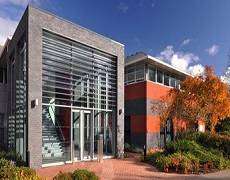

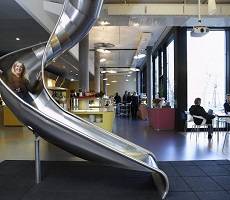
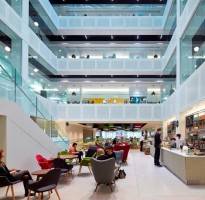

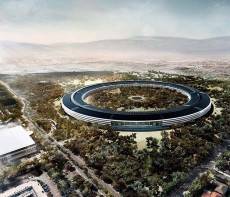

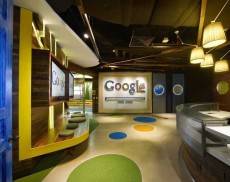


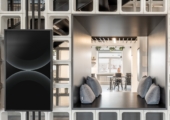






December 17, 2014
Flexible working is best built on the foundations of a great office
by Charles Marks • Comment, Flexible working, Workplace design
More →